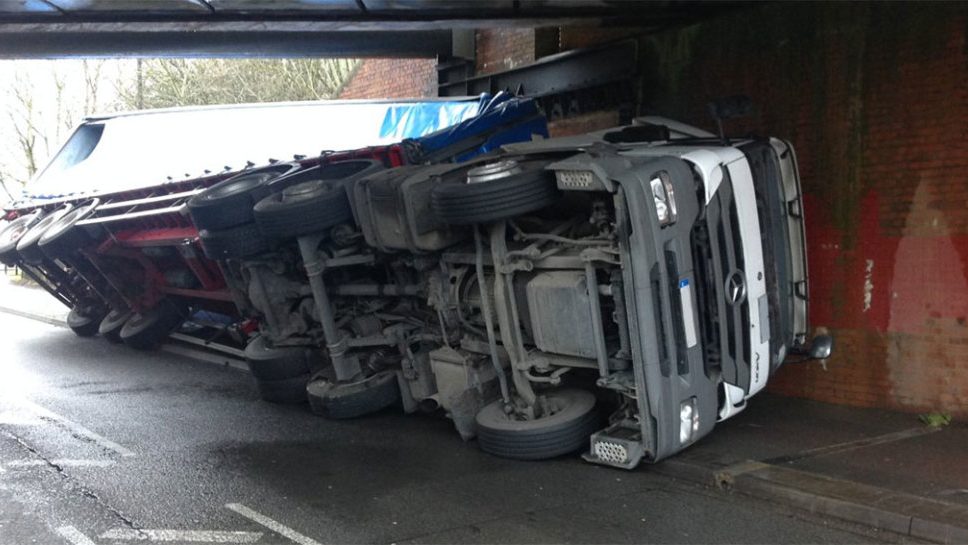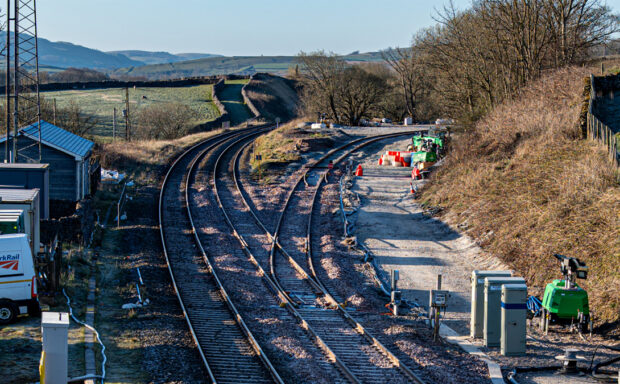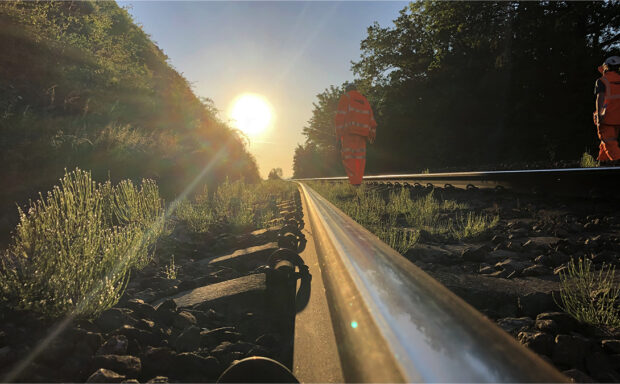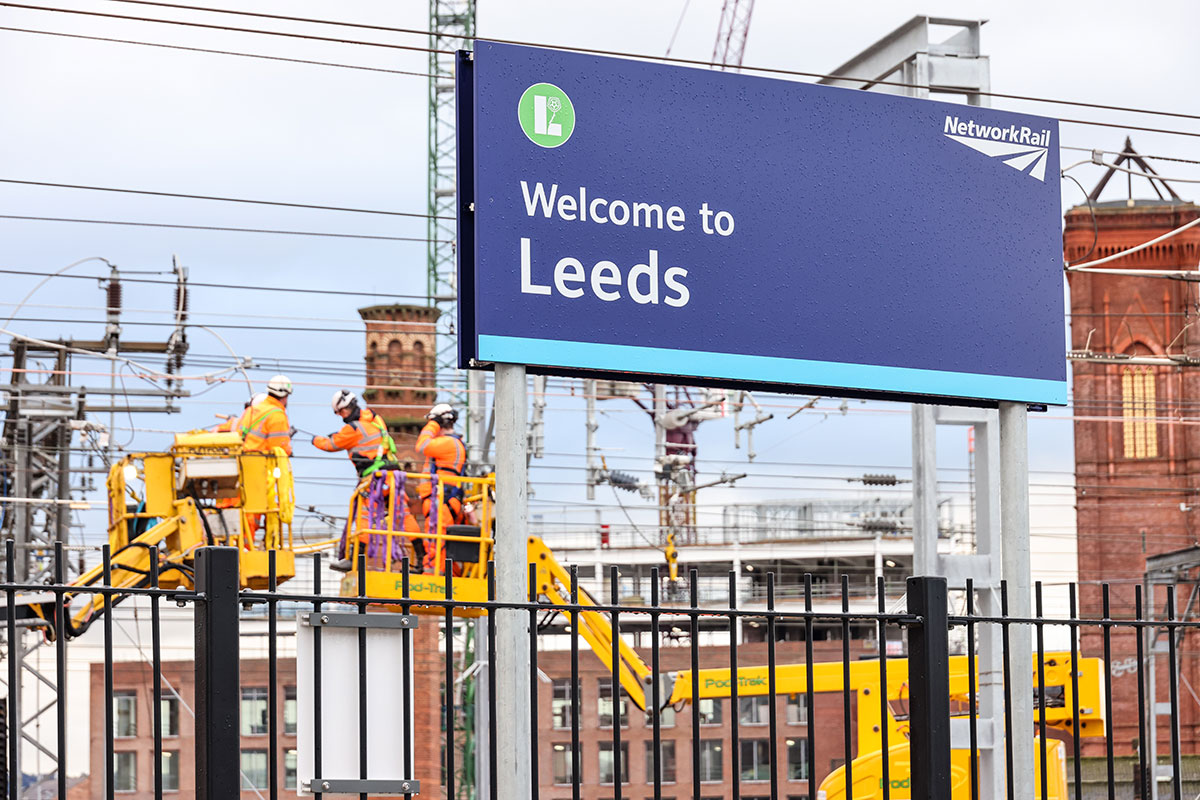There are more than 2,000 bridge strikes every year in Britain, costing millions of pounds of damage and thousands of hours of train delays.
Network Rail has launched a campaign, Lorries Can’t Limbo, to help reduce the number of incidents across the country. The campaign directly targets those who drive high-sided vehicles, and encourages them to measure vehicles and plan routes before heading out.
When are bridge strikes most likely to occur?
There are an average of five bridge strikes a day in Britain. This figure almost doubles in October – an annual peak.
Why the increase? Research suggests the shorter days and rise in the number of deliveries leading up to Christmas are likely to be the biggest reasons.
Most bridge strikes happen between 10am and 11am, but remain high all day until around 6pm. They can cause hours of travel chaos.
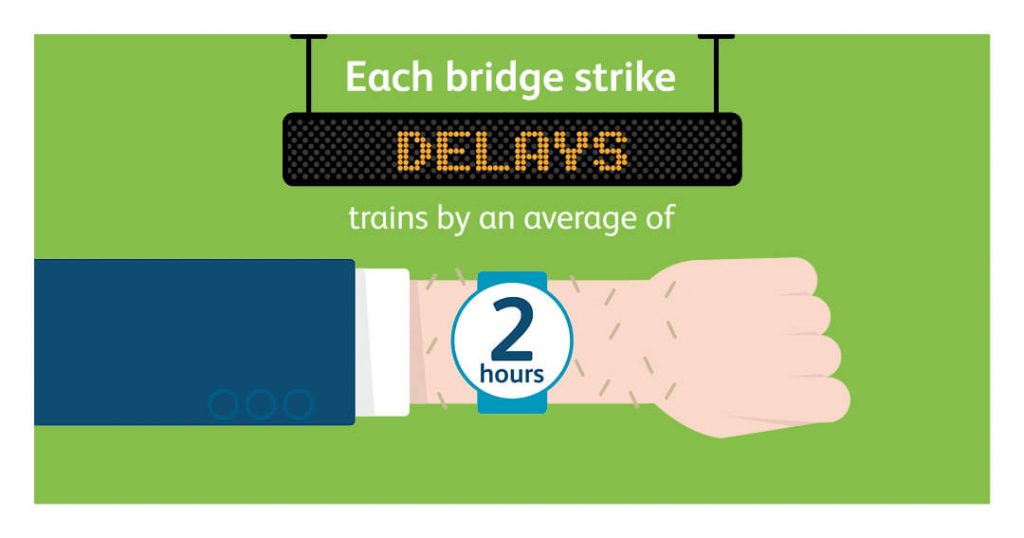
Where are they most common?
Cambridgeshire and Leicestershire have had the highest numbers of bridge strikes in Britain in recent periods.
In the 12 months to April, a bridge on the A142 – Stuntney Road – in Ely, Cambridgeshire, had the most strikes in that time – 32.
A bridge on the B109 – Stonea Road – in Stonea, Cambridgeshire, followed in second place with 23 while a bridge on the A5 – Watling Street – in Hinckley, Leicestershire, came third with 22.
Sir Peter Hendy, chair of Network Rail, said: “Every incident creates potential delay for tens of thousands of passengers and potential costs for taxpayers, and this is happening multiple times a day.
“It’s only a matter of time before road or rail users are killed as a result. We need professional HGV drivers and their operator employers to get behind and support this campaign to eradicate bridge bashing.”
